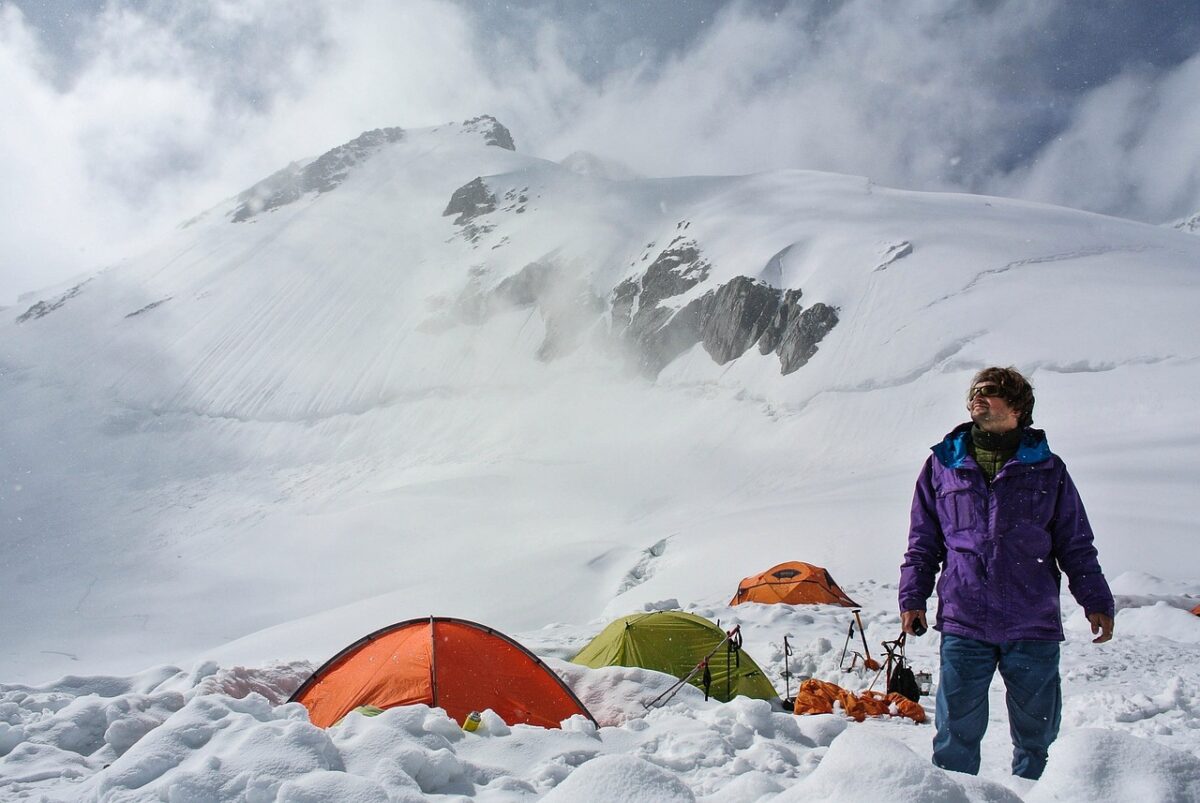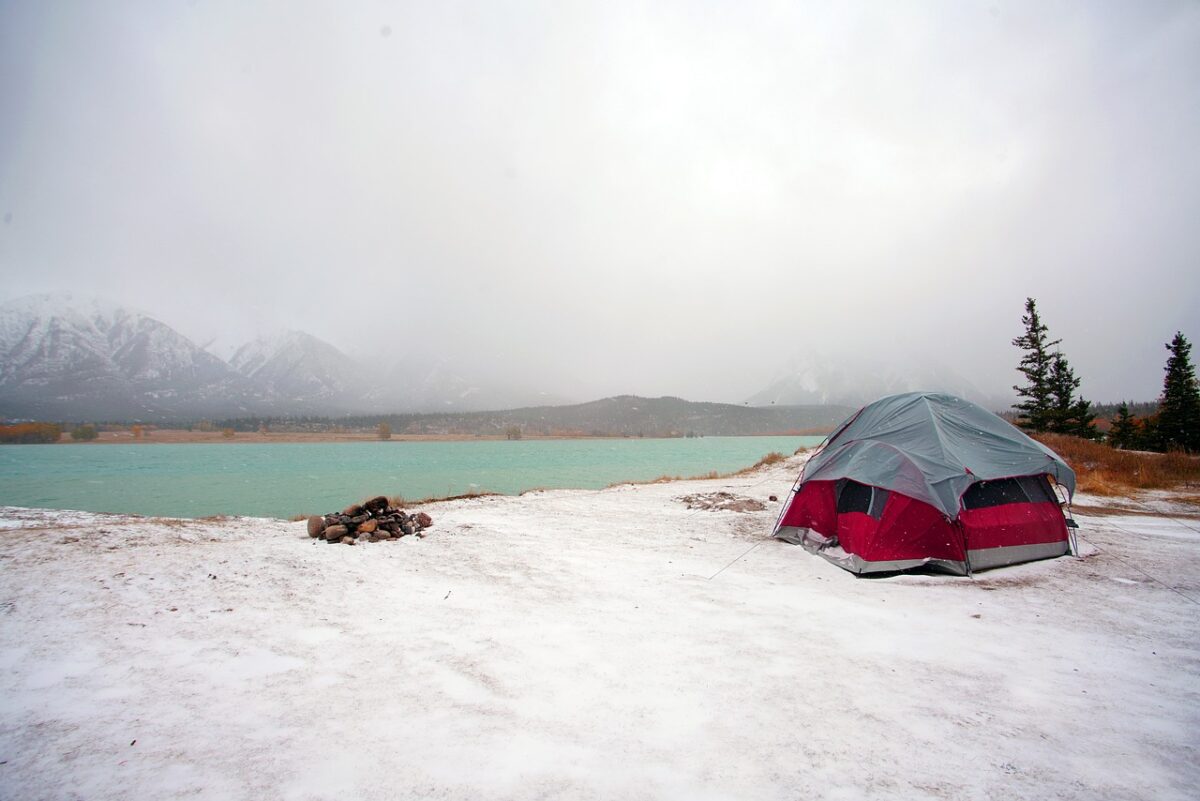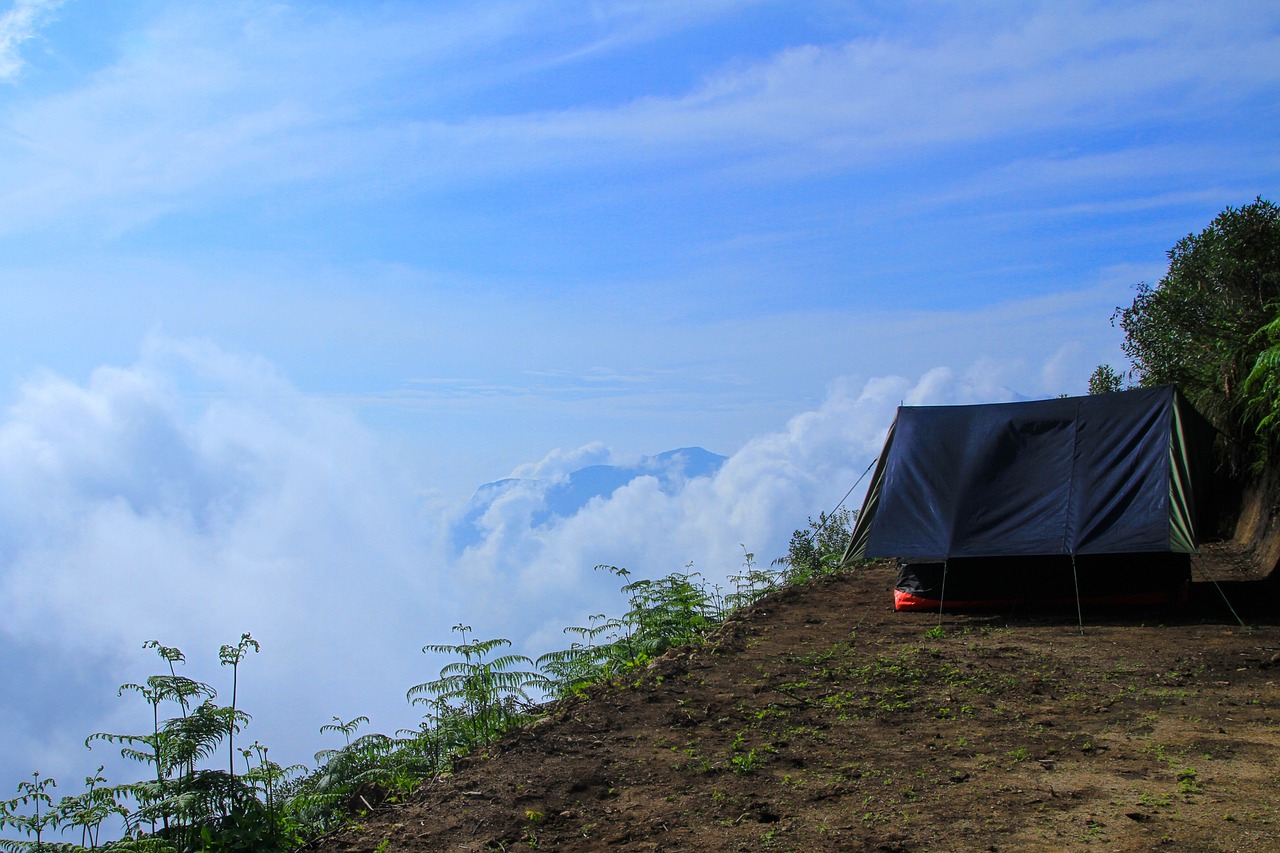When it comes to outdoor adventures, camping is a cherished pastime that brings us closer to nature. However, the chilly winter season often poses a challenge for enthusiasts. Enter the hot tent, a remarkable solution that makes camping cozy and comfortable even in sub-zero temperatures.
What is a Hot Tent?
A hot tent is a camping shelter intentionally designed to house a small, safe stove and has proper ventilation and heat-resistant material to diffuse warmth throughout the area. This unique accommodation makes it possible to camp securely and warmly throughout the winter season.
What Makes a Tent a Hot Tent?
Several factors differentiate a hot tent from a regular tent, including:
- Built-in Stove: Hot tents accommodate wood-burning stoves or other safe heating sources. These stoves provide the primary source of heat and can also be used for cooking.
- Heat-Resistant Material: Hot tents are constructed using materials that can withstand high temperatures and transmit the heat evenly throughout the tent.
- Ventilation and Exhaust System: Proper ventilation is crucial in hot tents. They have vents or flues designed to effectively expel smoke and fumes from the stove out of the interior.
- Fireproof Floor and Stove Jack: Hot tents include a fireproof area for the stove to rest on, and a stove jack—a protected opening—through which the stovepipe can safely exit the tent without causing damage due to heat.

What is a Hot Tent Used For?
Hot tents serve various purposes, making them ideal for several outdoor activities. Common uses for hot tents include:
- Winter Camping: Hot tents are specifically designed to provide a warm and comfortable shelter in cold weather, extending your camping adventures into the winter months.
- Expeditions and Mountaineering: For those venturing into remote, cold regions, a hot tent can offer a much-needed, cozy refuge from the freezing outdoor temperatures.
- Hunting Trips: Hot tents are popular among hunters staying in the wilderness during colder seasons, providing a warm place to relax and cook food after a long day.
- Overlanding and Snowmobile Tours: Hot tents can be a great solution when traveling in cold areas by vehicle or snowmobile, offering a place to warm up and rest during journeys.
Hot Tent vs. Regular Tent: Key Differences
While both hot tents and regular tents provide shelter during camping excursions, there are some notable distinctions between the two:
- Insulation and Heating: Regular tents do not contain a heating source or specialized insulation. On the other hand, manufacturers equip hot tents with built-in stoves and heat-resistant materials, which provide heat and insulation during colder months.
- Ventilation: Hot tents come with appropriate ventilation systems to direct smoke and fumes safely outside, unlike regular tents.
- Cooking Options: The stoves in hot tents allow you to cook meals and boil water, something that regular tents do not offer, making hot tents an advantageous choice in terms of convenience.
- Usage: While people commonly use regular tents for warmer months, designers have specifically created hot tents to cater to camping enthusiasts in colder temperatures.
How Does A Hot Tent Work?
The effectiveness of a hot tent lies in its simple mechanism. Typically, a hot tent consists of two fundamental parts: the tent itself and the wood-burning stove. The insulated material retains the heat from the compact stove, which vents to the outdoors. Altogether, this setup creates a comfortable, controlled environment inside the tent, offering campers a snug retreat after a long day of adventurous activities.

Benefits of a Hot Tent
There are several advantages to using a hot tent for camping which make it a worthwhile investment:
- Year-round camping: Hot tents enable you to experience the beauty of nature all year round, including the cold winter months, by providing a warm, comfortable shelter.
- Cooking and warmth: The built-in stove serves a dual purpose. In addition to keeping the tent warm, people can use it for cooking meals and boiling water, which is a much-needed convenience during camping expeditions.
- Condensation management: The heat in the tent helps to eliminate condensation build-up on the tent walls, keeping your surroundings dry.
- Safety from predators: A hot tent can deter wildlife and insects, providing an additional safety element.
How to Choose the Right Hot Tent for Camping
When selecting a hot tent, there are several factors to consider:
- Material: Choose heat-resistant fabric and material that can withstand high temperatures. It should also be robust, durable, and able to resist harsh weather conditions.
- Size: The size of the tent will depend on the number of occupants. Make sure there is enough room for sleeping and other necessary activities.
- Ventilation: A good hot tent will have adequate ventilation.
- Stove Compatibility: Ensure that the tent is designed to work with a stove in order to create a coordinated hot tent system.
A hot tent can be an invaluable asset for camping enthusiasts who do not want the winter chill to halt their adventures. By providing both warmth and a means to cook food in a safe, controlled environment, hot tents improve the overall experience of camping considerably. When selecting your hot tent, it’s important to keep the factors of material, size, ventilation, and stove compatibility in mind to ensure a seamless and enjoyable camping expedition. As compared to regular tents, hot tents offer greater versatility for year-round camping and additional conveniences that make them a valuable choice.
